
Photographs provide evidence of who we are, what we do, and what we care about most. Authentic photography conveys integrity; quality photography demonstrates professionalism; intimate images display empathy; and accurate photographs provide clarity.
World Vision imagery is key to communicating the needs and hopes of the children, families, and communities with whom we work. Visuals excite, motivate, and touch hearts. One of the ways to effectively communicate the successful results of World Vision’s work is by showing children not as victims, but as an integral part of practical solutions and as active participants in transforming their future. However, when appropriate, images conveying need may also be used to illustrate the context of our work. “Need” images must always honor the dignity of the individuals portrayed.
Examples
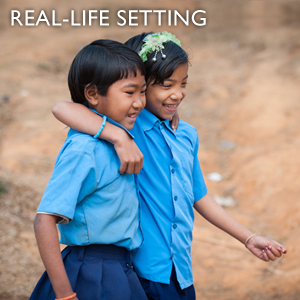

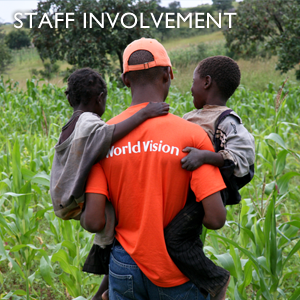
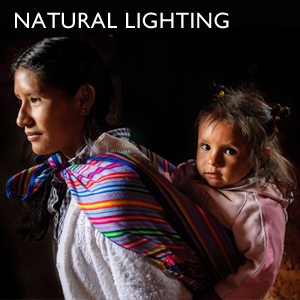


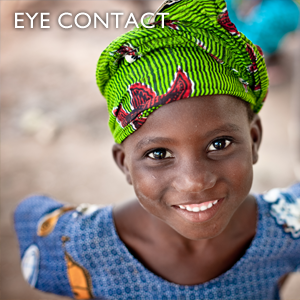
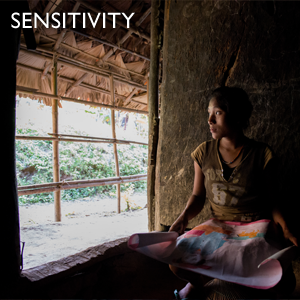
To download World Vision images, visit the World Vision Digital Media Centre (password-protected access). All users of World Vision photographs are required to read and abide by the Photo Policy on this website to ensure appropriate usage of images.
Use of Stock Photos
Stock photography should not be used when doing so could create a misperception that the image is specific to World Vision’s work, programs, people, or locations. For example, a stock photo of children in a rural village could be misconstrued as a depiction of an actual community where World Vision works. Stock photography should only be used when the content of the image is clearly generic and representative rather than specific. Examples of this include maps, flags, vector illustrations, animals, and sector imagery such as water or food items.
As a general rule, stock photography should never feature people. One occasional exception to this is stock photos featuring individuals from the United States. For privacy reasons, a stock photo of a hungry American child may be more suitable than an actual photo of a hungry American child. Additionally, representative stock photos of U.S. donors may also be used, provided, once again, that the image does not imply that the people profiled are real-life donors.
All stock photography should share the same general look, feel, and style of official World Vision photography.







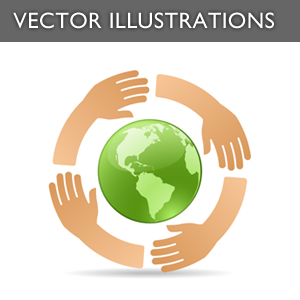
HEA Scenarios
In cases of sudden-onset HEAs that require immediate coverage on World Vision’s website, photos should first be taken from the World Vision Digital Media Center. If no pertinent images are yet available through World Vision resources, news agencies that offer photography for purchase, like Reuters, should be consulted as an alternative. Only as a last resort should stock photography be used in cases of HEA; and again, such images should never profile specific people or places that could be misinterpreted as reflective of the HEA in question. In any of these cases, photos acquired from any external source should be replaced by World Vision images as soon as possible.
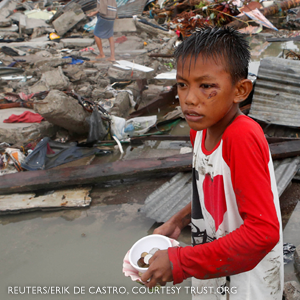 ### Photo Credits
### Photo Credits
Stock images should be credited in accordance with the specifications of the site from which they were purchased. Images purchased from news services like Reuters must be credited exactly as specified by the owner of the work, and the credit must be clearly visible anywhere that the image is used on World Vision’s website, even if it’s used in multiple locations. Failure to do so could jeopardize World Vision’s rights to purchase and use photography from external sources in the future. Images purchased from ThinkStock.com do not require a photo credit.
Purchasing stock photos
The Internet Business Unit has a pre-paid stock imagery subscription through ThinkStock.com. To download stock photos, please contact the IBU Creative Department at IBU-Creative@worldvision.org..
Photo Policy
We are advocates for the people we photograph and whose images we use. They trust us to depict them truthfully and with respect. We are bound by these protocols not only for legal and ethical reasons, but also because we are Christians representing World Vision. How we create and use photographs and video must reflect World Vision’s values, principles, and mission statement, as well as support our call to advocacy on behalf of the marginalized. Ultimately, our work must reflect our love and respect for those we serve.
Guiding principles
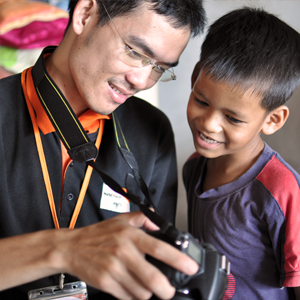 Basic questions to consider when making a decision about images
Basic questions to consider when making a decision about images
How would the person feel about how their image was recorded and used?
A relationship of trust is built when people allow us to photograph and/or videotape their lives, and this bond of trust carries through to the use of the images. Would you have any qualms about visiting the person to show them how their image was used? Or showing the photographer how you’ve used his or her photo? How would you feel if the photo/video was of your family or your child?
What would a viewer assume from the context of the photo?
Your choice of visuals and level of digital alteration of photography, if any, requires good judgment. We must never be misleading. In editorial (news and story) contexts, we adhere to the strict code of ethics for photojournalism. This is essential for our credibility as an accurate, legitimate, and authentic source of information. In a story about real events, a viewer assumes the images are of the actual events—that they have not been contrived, retouched, or re-enacted. Likewise, a child pictured in a story about child sponsorship is assumed to be a sponsored child. On the other hand, with certain product presentations, photo illustrations, or montages, a viewer will understand and accept that the image has been manipulated; in these circumstances, minor alterations may be acceptable. When in doubt, consult with the Photo Director or Video Director.
Practical guidelines
How we do photography and video: Seek permission, show respect, and be especially sensitive with children and people whose situations put them at risk.
World Vision ownership of resources
All photographic or video material created as part of an employee’s job is owned by World Vision, Inc., and World Vision is the legal holder of the copyright. Any personal use of such material must be pre-approved by World Vision management.
